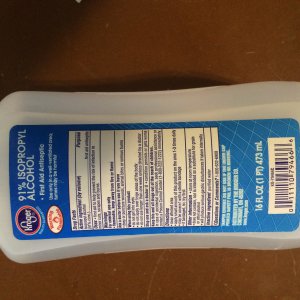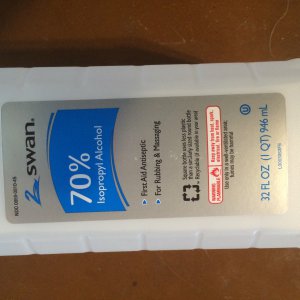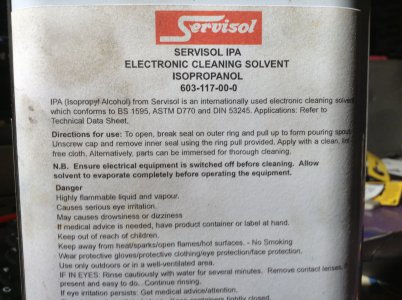F
Firestopper
Forum Guest
Register Today
I think your question was answered so I'll add a shop tip for re-storage of paint cans that has worked well for us. Prior to closing up a can of any type of paint for long periods, I purge the air out with inert gas using a Mig. Precautions should be taken to ensure you do this safely (disconnect the drive rollers and NO ground clamp any where near the can). Obvious but worth mentioning. Use the lid to cover enough of the opening allowing just the nozzle to fit and give it 10-20 seconds of noble gas. I have reopened cans of paint three years later to find them useable. This works with all types of paints.




